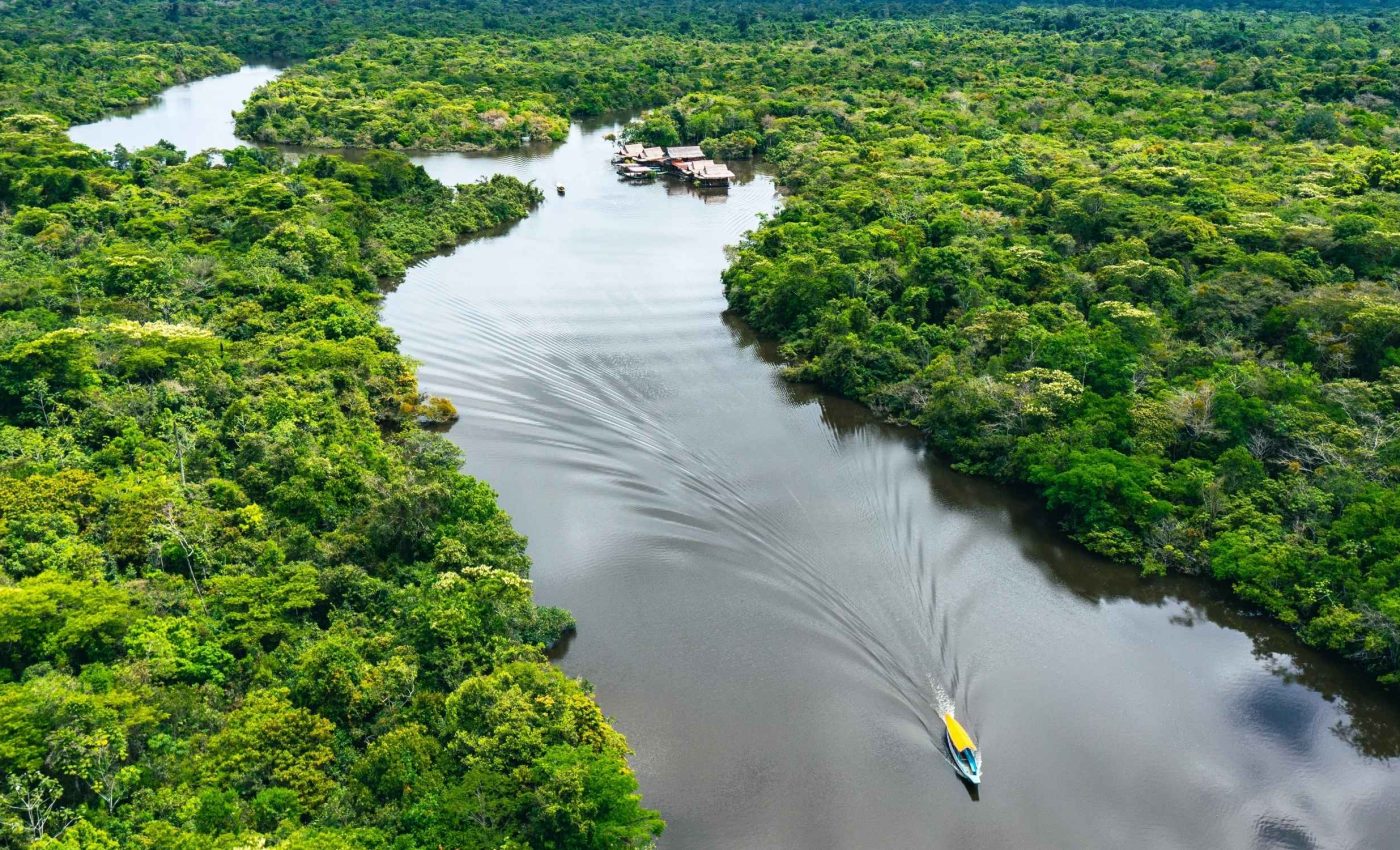
Dry spells weaken the Amazon's ability to store carbon
Over the past few decades, a section of the Amazon rainforest has experienced conditions far drier than usual. Scientists launched a project to understand how reduced rainfall might change this green stronghold.
Lucy Rowland, a researcher at the University of Exeter, is part of the team that has monitored this forest region for more than 20 years. The efforts are closely tied to an international collaboration aimed at documenting the rainforest’s response to stress.
How the Amazon stores carbon
Much of the Amazon serves as a critical buffer against rising greenhouse gases. This status is due to the enormous amount of carbon dioxide the rainforest can hold, as supported by prior findings on tree mortality patterns.
The forests soak up carbon and help regulate global temperatures. For years, climate researchers have wondered what prolonged dryness might mean for this natural reservoir.
In previous studies, experts at NASA’s Jet Propulsion Laboratory used satellites to track vegetation and water content. Together, the data provides a clearer picture of the interplay between ground-level forest conditions and broader atmospheric cycles.
Drought changed the forest canopy
The Esecaflor project, located in the Caxiuana National Forest, set out to examine how lower soil moisture affects tree growth and overall forest vitality.
To make sense of long-term trends, instruments were placed on living trunks, in the soil, and on tall metal towers overlooking the canopy. Regular measurements helped gauge tree health by tracking sap flow, leaf water status, and other key markers.
“We saw a really big decline in biomass, big losses and mortality of the largest trees,” said Professor Rowland.
Early observations showed that mature trees could keep growing, but many eventually showed signs of water stress. Their absence made light and heat more noticeable in spots that had once been shaded by leafy crowns.
How the Amazon balanced its carbon role
Over time, the thinning canopy led to new conditions for surviving vegetation. Younger stands, with different rooting strategies, began to flourish.
The researchers discovered that when big, older trunks no longer competed for water, the rest of the forest slowly reached a new balance.
To interpret these patterns, investigators gathered data on how much water remained in the top layers of soil. Seasonal rainfall could not keep moisture levels high enough for every plant, but it proved sufficient for those that adapted to drier conditions.
Eventually, the forest patch held a steady balance instead of losing more vegetation – indicating a move toward stability.
Next steps for forest recovery
“The forest has already adapted. Now we want to understand what happens next,” said meteorologist João de Athaydes, study co-author and professor at the Federal University of Para.
“The idea is to see whether the forest can regenerate and return to the baseline from when we started the project.”
Many plastic covers were pulled from the ground to see how the site responds when rain returns to typical levels.
Teams are watching the root growth beneath the soil, the air’s temperature, and the steady change in soil moisture. Researchers hope to learn if the forest can regain enough dense foliage to restart substantial carbon uptake.
An even bigger question is whether the site might reach a state similar to its early days before rainfall was reduced.
Why Amazon carbon loss matters
Environmental scientists worry about widespread drought events in the Amazon. Extended dryness, triggered by El Niño patterns, has been documented over many years.
The implications include stress on wildlife, changes in local climates, and potential spikes in greenhouse gases if too many large trees succumb.
The Esecaflor experiment highlights how a forest ecosystem might transform under drier circumstances. Though parts of this tract survived with reduced canopy cover, that survival came with lower capacity to store carbon.
If the broader Amazon faces similarly harsh conditions, the global climate picture could shift considerably.
The Amazon has its carbon limits
The findings from this project suggest that some resilience remains in tropical rainforests. Yet, the results serve as a reminder that even these robust ecosystems have limits when faced with less rainfall.
The years of dryness in this experiment did not convert the area into grassland, which offers a sign of hope.
Scientists involved in this research will continue to share data with policymakers and other academic institutions. Discussions at international gatherings demonstrate the urgency of protecting vital carbon sinks and reinforcing conservation efforts.
In places like the Amazon, practical measures that support forest health can be pivotal in stabilizing our changing climate.
The study is published in the journal Nature Ecology & Evolution.
—–
Like what you read? Subscribe to our newsletter for engaging articles, exclusive content, and the latest updates.
Check us out on EarthSnap, a free app brought to you by Eric Ralls and Earth.com.
—–













